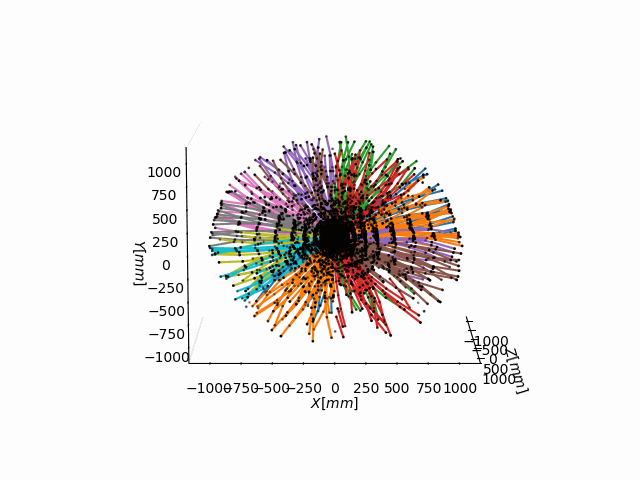A Quantum Graph Neural Network Approach to Particle Track Reconstruction
Unprecedented increase of complexity and scale of data is expected in computation necessary for the tracking detectors of the High Luminosity Large Hadron Collider (HL-LHC) experiments. While currently used Kalman filter based algorithms are reaching their limits in terms of ambiguities from increasing number of simultaneous collisions, occupancy, and scalability (worse than quadratic), a variety of machine learning approaches to particle track reconstruction are explored. It has been demonstrated previously by HEP.TrkX using TrackML datasets, that graph neural networks, by processing events as a graph connecting track measurements can provide a promising solution by reducing the combinatorial background to a manageable amount and are scaling to a computationally reasonable size. In previous work, we have shown a first attempt of Quantum Computing to Graph Neural Networks for track reconstruction of particles. We aim to leverage the capability of quantum computing to evaluate a very large number of states simultaneously and thus to effectively search a large parameter space. As the next step in this paper, we present an improved model with an iterative approach to overcome the low accuracy convergence of the initial oversimplified Tree Tensor Network (TTN) model.
PDF Abstract